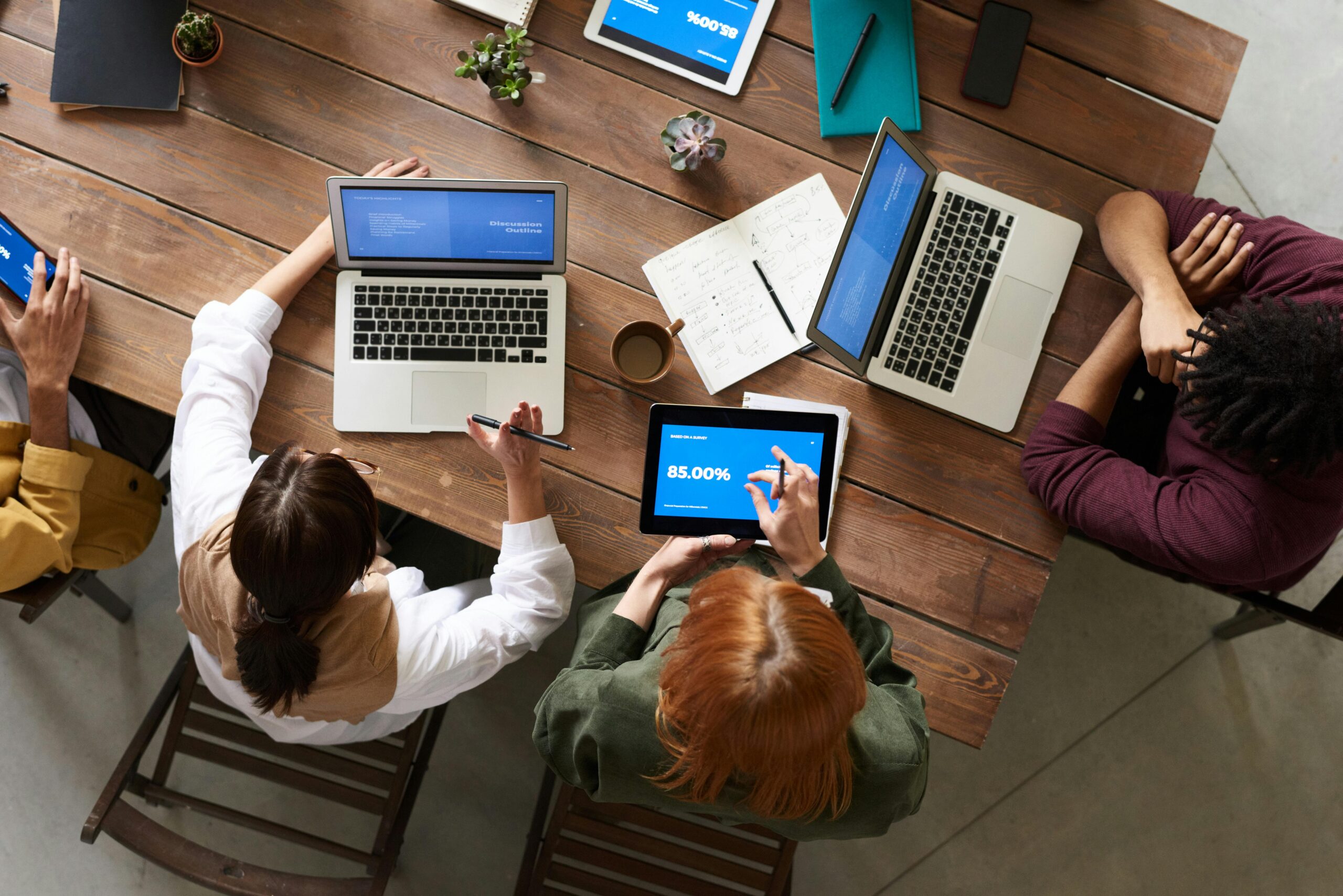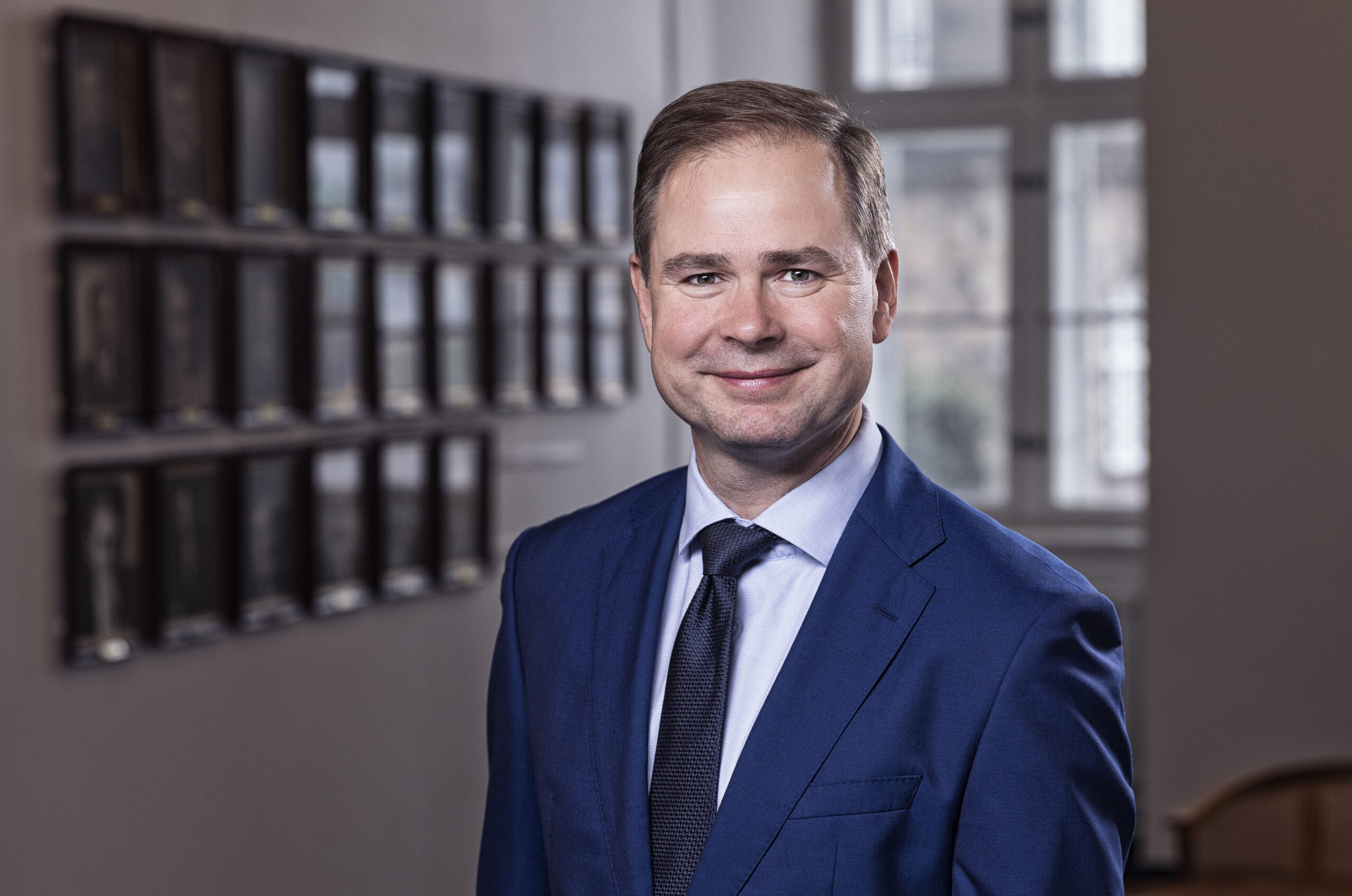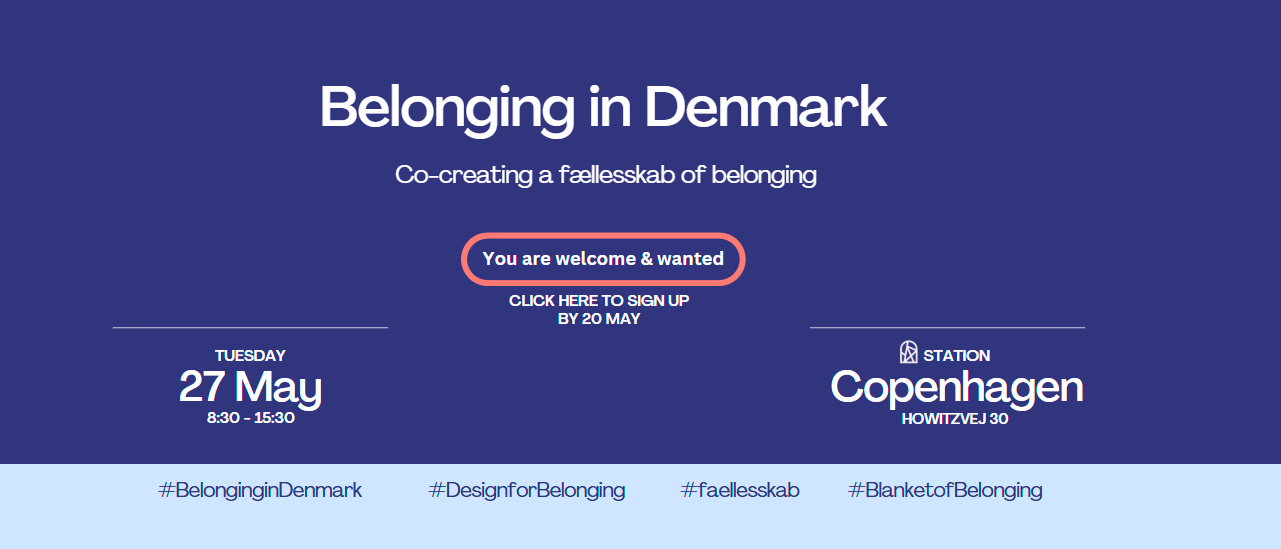Only recently Prince Philip was reburied to lie next to his wife, Queen Elizabeth II of Britain, in Windsor Castle. In a temporary tomb, he was the Queen’s last laddie-in-waiting.
It’s a common enough occurrence for spouses to be reunited in the grave, and sometimes it can take ages – in the case of novelist Raymond Chandler and his wife Cissy, after 52 years of lying in separate cemeteries, just one mile apart.
But if you think that’s a long time, try 200 years for size! The art world is waking up to the news today that a family portrait cut in half in the early 19th century is finally being restored.
It took years of detective work carried out by Danish and Dutch art historians to realise the reunification of a family painted by Flemish master Cornelis de Vos in 1626. For nearly two centuries, two of its three members have stood in the Dutch baroque section of the Nivaagaard Collection in Nivå just north of Copenhagen.
Not exactly the ‘The Da Vinci Code’
During that time, it was evident to the museum there might be more to ‘Double Portrait of a Father and Son’ than meets the eye, as next to the Son, in the bottom right corner, another person’s costume, a black-striped satin skirt, could clearly be seen.
The discovery of a National Museum of Art conservation report from 1966 then revealed further details. It included photos showing how the removal of the frame, some varnish and a top layer of paint had revealed a woman’s arm – complete with “elaborate cuff, delicate hand, costly ring and beautifully embroidered gloves lined with red velvet”.
Now, it might be disappointing to learn at this juncture that the breakthrough in the case wasn’t lifted from the pages of ‘The Da Vinci Code’ – so neither the deciphering of a Fibonacci sequence nor ancient anagram was involved.
Instead, it came via Google.
Talk about a clean slate
Granted, ‘Portrait of a Lady’, a painting by the same artist in the same year, was already on Professor Jørgen Wadum’s radar because Lady was wearing the same kind of millstone collar as Father and Son.
But nothing else matched when the art historian compared the portrait with photos of ‘Portrait of a Lady’. It was at this point that he tried googling ‘portrait of a lady’ and the search revealed a perfect match.
It transpired the new owner of the painting, via a Christie’s auction in 2014, had the painting cleaned and voila: the dark brown background was revealed to be a outer layer of paint. Underneath a landscape and overcast sky identical to the one in ‘Double Portrait of a Father and Son’ emerged.
Furthermore, Lady’s facial features and brown eyes match those of Son.
Looks likely he was the mayor
The height of the two paintings is substantially different, and Professor Wadum’s best guess is that the original painting was damaged between 1830 and 1859, and that the owner elected to divide them to salvage the likenesses as best they could.
It is in 1859 that the earliest mention of ‘Double Portrait of a Father and Son’ can be found – among works belonging to John Rushout, 2nd Baron Northwick.
Depicting two generations of a wealthy bourgeois family, it is thought Father is a burgomaster (mayor) and that the original work was called ‘A Burgomaster, his Wife, and Son by De Vos’.
But it has not been proven … yet.
Reunited again!
As part of its research, Nivaagaard Collection has been able to purchase ‘Portrait of a Lady’ with help from the New Carlsberg Foundation.
“This has made it possible for our visitors to keep the entire family here in Nivå,” enthused Nivaagaard Collection director Andrea Rygg Karberg.
“It is a huge scoop for Dutch baroque art history and for our collection that research has led us to the discovery of this incredible female portrait,” she continued.
“The mother now looks out at us together with her son, whose gaze is so similar to hers. All three of the subjects take on an entirely new dimension, depth and glow when they are contemplated together as originally intended, rather than in isolation from each other.”















